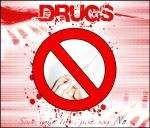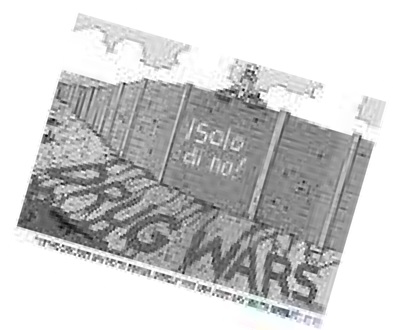Why Do Citizens of New York Need Drug Laws?
- To limit drug abuse
- To protect innocent people
- To save the communities
- To control the use of drugs and prevent their usage
(Robert Wood Johnson, 2004)

Major Findings of New York State and Drug Use
- New York drug offenders have been arrested an average of 10 times;
- Offenders of New York City are characterized by more widespread criminal histories than offenders of any other city in the state;
- 7% of offenders have no prior arrests only;
- About 84% of offenders have been sentenced to prison.
(O’Donnell, 2010)
Drug Laws in New York and Their Legacy and Effects
New York’s Rockefeller Drug Laws Dates:
- 1973 – the year of enacting;
- April 2009 – changes by the Legislature (minimum sentence lengths, elimination of some drug offenders);
- 2009 – the reform of New York’s drug laws to evaluate the impact of changes.
Essence
- Definition of commitment trends;
- Differentiation of commitments from the City of New York and other cities of the state;
- Analysis of drug convictions and appropriate sentences.
(O’Donnell, 2010)
Drugs and Punishment for Sellers in New York
(Robert Wood Johnson Foundation,2004; Office of National Drug Control Policy, 2008).
Drugs With Quantity (New York) (DEA, 2000).
Punishment for Drugs’ Processors in New York
(Robert Wood Johnson Foundation,2004).
Illegal Behaviour
- lesser than this quantity
- not illegal behavior
- police cannot apply any charge
Agencies & Responsibilities
- Responsible agencies, cooperating with the Division of Criminal Justice Services
- OCA (Office of Court Administration);
- DOCS (Department of Correctional Services);
- DOP (Division of Parole)
Few Take Drug Dealing as a Primary Mission and Others Take It as a Secondary Mission
Responsible agencies
- DEA (Drug Enforcement Administration)
- MET
- Bureau of Narcotic Enforcement
Responsibilities
- DEA (Drug Enforcement Administration)
- DRUG dealing is a secondary mission
- destroy powerful drug organization.
- hunts the major drug traffickers with other agencies.
(Leonhart.M.M., 2009)
Bureau of Narcotic Enforcement
- DRUG dealing is the primary mission
- protect public health
- monitors the insurance of licenses to
- manufactures
- distributors
- hospitals
- researchers
Met
- DRUG dealing is the primary mission
- supportive team of DEA
- provide enough resources to local police and state.
- minimize exposure of local undercover police.
(Department of Health, 2009)

Limitation of DEA, Met, and Bureau
- Lack of standard data
- No assurance of Met using standard criteria
- No measurement against actual and intended performance.
Due to these limitations, DEA cannot perform its task as desired
- excess use in hospital
- staff involved
- difficult detection
These limitations reduce the control of drug dealers (GAO, 2001).

References
Department of Health. (2009). Web.
GAO.2001. Steps Taken to EnhanceProgram Management, Web.
Leonhart.M.M. (2009). Web.
O’Donnell, D.E. (2010). Division of Criminal Justice Services: Criminal Justice Research Report. Web.
Office of National Drug Control Policy: Drug Policy Information Clearinghouse. (2008). State of New York. Web.
Robert Wood Johnson Foundation. (2004). Web.
Special Operation.com (2000). Web.
U.S. Drug Enforcement Administration, (2000) Federal Trafficking Penalties. Web.